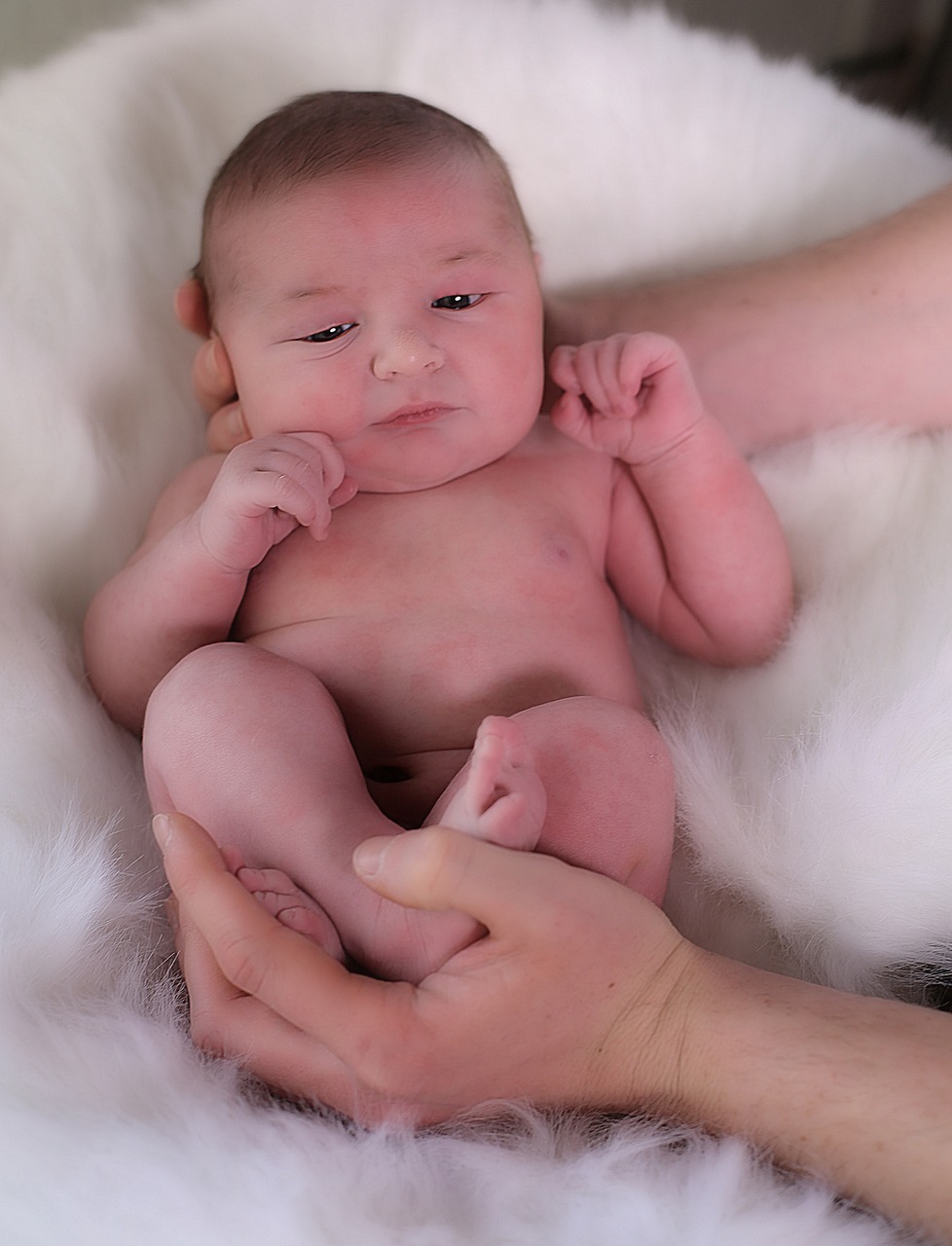Romania is experiencing its lowest birth rate since World War II, according to recent demographic data. This decline in births has sparked concerns among policymakers and experts about the long-term implications for the country’s population and economy.
The low birth rate is attributed to various factors, including economic uncertainty, a decline in family size, and changing social attitudes toward marriage and parenthood. Many young Romanians are choosing to delay starting families due to financial constraints and career considerations. Additionally, a significant portion of the working-age population has emigrated in search of better opportunities, further contributing to the declining number of births.
Experts warn that the declining birth rate could lead to an aging population and labor shortages, putting pressure on the country’s social welfare systems and slowing economic growth. In response, Romanian authorities are considering various measures to encourage higher birth rates, including financial incentives for families, improved childcare services, and more support for working parents.
The demographic challenge is seen as one of Romania’s most pressing issues, with potential long-term effects on the nation’s ability to sustain its economic and social development. While efforts are being made to address the issue, reversing the trend will require sustained and comprehensive policy initiatives.
The low birth rate reflects broader demographic trends across Europe, where many countries are facing similar challenges as populations age and birth rates decline.





